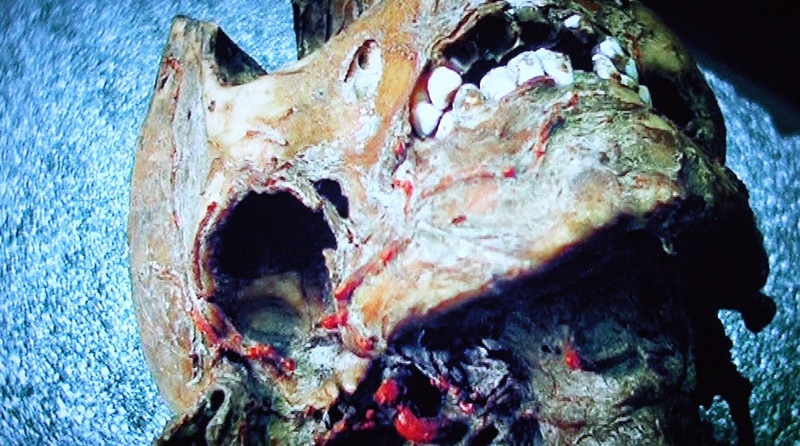A Dundee academic has told how a new forensic tool can be used in applications from human identification to people trafficking.
Dr Wolfram Meier-Augenstein is one of the scientists featured on the major new BBC Two series History Cold Case, screened at 9pm on Thursdays until May 27.
It shows skeletons of everyday people from across the ages being analysed in staggering detail by the team at Dundee University’s Centre for Anatomy and Human Identification, led by Professor Sue Black.
Part of this process involves a technique known as forensic isotope analysis, which is also used in food quality control and to combat pollution, illicit drug production and people trafficking.
Dr Meier-Augenstein, a senior lecturer at the centre and a principal scientist at SCRI, is one of the world’s leading authorities on this technique.
He is the author of a book, Stable Isotope Forensics: An Introduction to the Forensic Application of Stable Isotope Analysis, which provides the first overview of this addition to the forensic scientist’s “toolbox.”
“As the old cliche says, you are what you eat,” said Dr Meier-Augenstein.
“We can look at the isotope signature of a person and tell where the food they have been eating is from. We can tell where cows are from because the grass they eat and the water they drink have identifiable signatures.
“There is also a signature step change to the people who eat the beef from these cows, which we can exploit.
“It can also tell us a lot about their lifestyle — a vegan will have a very different nitrogen signature from someone who has a platinum membership for their local steakhouse.
“Illegal drugs can be tested to prove that they were made in the same lab, and we can help to identify where the victims of people trafficking who meet a tragic end came from.
“The application can also be used to identify the source of pollution and ultimately point towards the polluters.”
For more information on the Centre for Anatomy and Human Identification, visit the website.You can catch up on any missed episodes of History Cold Case by visiting BBC iPlayer.
